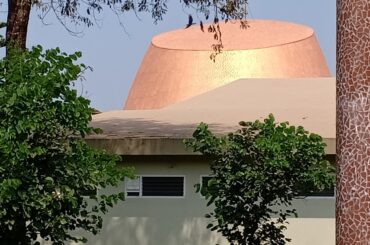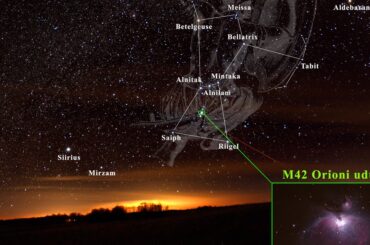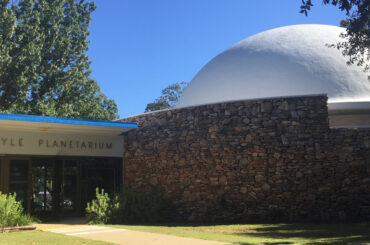Plan your next night under the stars with this complete guide to 10 meteor showers you can see every year. Learn peak dates, where to look, moon-phase considerations, and practical viewing tips so you and your family can catch the best shows in the sky.
This comprehensive guide lists 10 observatories in Montana, providing location, main telescope aperture, and public access details in an easy-to-scan table. Whether you’re planning a stargazing trip or researching telescope facilities, this complete list helps you find the best places to observe the night sky across Montana.
This comprehensive list highlights 8 Planetariums in Iowa, providing city, address, and admission prices to help you plan educational outings, family trips, or date-night stargazing. Use this guide to compare locations, check hours and accessibility, and discover special shows, school programs, and membership options so you can choose the best planetarium for your next celestial adventure.
Explore a complete list of 22 planetariums in Michigan with city locations, addresses, and venue types to help you find the best spots for stargazing and astronomy programs. Whether planning a family outing, school field trip, or solo visit, this guide helps you compare facilities and plan your next visit.
Explore a complete, curated list of 30 observatories in California with city, operator, and access details. Whether you’re planning a stargazing trip, a tour, or researching astronomical facilities, this guide directs you to major sites from Griffith and Palomar to Lick and community observatories.
Explore a complete, curated list of all 11 observatories in West Virginia, including nearest city and county, precise coordinates, and each site’s main telescope aperture. Whether you’re planning a stargazing trip, researching local astronomy resources, or tracking telescope specs, this guide makes it easy to find and visit every observatory across the state.
Looking for the best places to see the Milky Way? This guide showcases the 10 best locations for dark sky viewing around the world, from official Dark Sky Parks to remote deserts, mountains, and coastal sites. Each listing links to a detailed post with viewing windows, travel logistics, accessibility notes, and astrophotography tips to help you plan an unforgettable stargazing trip.
This guide lists all 16 Equatorial Constellations — star patterns that lie along or near the celestial equator and are visible from both hemispheres. For each constellation you’ll find declination and right ascension ranges, notable stars, and a concise 30-50 word description to help identify and observe them. Perfect for stargazers, navigators, and astronomy students seeking a clear reference.
This comprehensive guide lists 12 Observatories in Tennessee, from university research facilities to public stargazing sites. Each entry includes city, coordinates, and telescope & access details to help visitors, amateur astronomers, and educators find the best places to observe the night sky.










